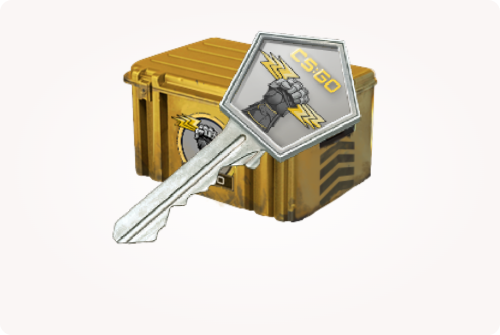Mastering Advantageous Combat Angles in CS2
In the fast-paced world of Counter-Strike 2 (CS2), understanding the nuances of positioning and aiming can make the difference between victory and defeat. One of the key principles that professional players often utilize is the concept of “straight fast, diagonal slow.” This article will delve into why pros often position themselves against walls and how to effectively use combat angles in CS2 to your advantage.

The Principle of Straight Fast, Diagonal Slow
When an enemy moves within your line of sight, their speed can be broken down into two components: zoom speed and drag speed. If an enemy moves directly towards you, they appear to get larger, but they don’t increase the difficulty of your aim—this is zoom speed. However, if an enemy moves perpendicular to your line of sight, you need to move your crosshair significantly to track them—this is drag speed.
Straight Fast: When you aim straight at the spot where an enemy will appear, their movement speed translates entirely into drag speed, making them appear very fast in your view. This increases the difficulty of keeping your aim steady.
Diagonal Slow: On the other hand, when you aim diagonally at the spot where an enemy will appear, their movement speed is broken down into both zoom speed and drag speed. This makes their drag speed slower and easier to track, simplifying your aim. This is the essence of “straight fast, diagonal slow.”
Practical Application in Combat
Utilizing Angles for Aiming Advantage: When setting up your aim, choose diagonal angles to reduce the enemy’s drag speed. This not only makes it easier to hit your shots but also helps you avoid the enemy’s pre-aim. After taking a shot, reposition quickly to keep the enemy guessing and use utility items to buy time for your teammates to rotate or to reposition yourself. Mastering combat angles in CS2 is crucial for maintaining your tactical edge.
Breaking Enemy Angles: As an attacker, you need to counter the enemy’s diagonal aiming. The first step is to use flashbangs to gain control of the map and reduce early casualties. For example, you can have a teammate throw a supportive flash or use your own utility to clear angles. However, during the second phase of the attack, flashbangs might give away your intentions. In such cases, moving in pairs is crucial. The first player should draw the enemy’s aim, while the second player quickly follows up to secure the kill.
Positioning and Cover: In maps with limited cover, such as small towns or desert maps, quick movement and positioning are essential. When moving through narrow alleys, stick close to walls and move laterally to minimize exposure. In street battles, use corners for both observation and engagement. This tactic allows you to step out, take a shot, and quickly retreat behind cover. Understanding and utilizing combat angles in CS2 can significantly enhance your survivability and effectiveness in these scenarios.
Conclusion
Mastering the principle of “straight fast, diagonal slow” can significantly improve your gameplay in CS2. By understanding how enemy movement affects your aim and utilizing angles to your advantage, you can gain the upper hand in crucial firefights. Whether you’re defending or attacking, these strategies will help you control the map and outmaneuver your opponents. Practice these techniques to elevate your game and turn those subtle advantages into decisive victories. Incorporating the understanding of combat angles in CS2 into your playstyle will undoubtedly set you apart as a more strategic and effective player.
Top Picks

Shadow Case
$34.30 – $62.89

Operation Breakout Weapon Case
$74.81

Glove Case
$62.36 – $155.89


















